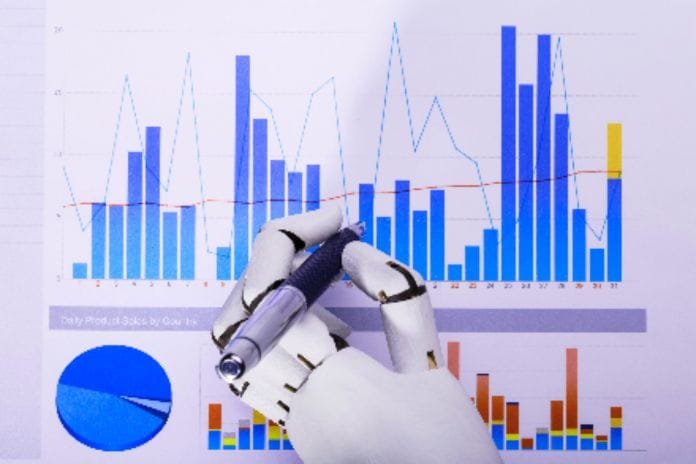
The application of machine learning in sales is no longer a trend to become a reality. What makes this true is the widespread use of this technology by the most prominent retail organizations, for example.
Many small and medium-sized businesses also use it to some degree, even if they don’t realize it. This occurs (in most cases) through external partners or the tools offered as a business solution.
According to research published in the MIT Sloan Management Review, about 40% of companies that have adopted it can point out improvements in their performance. Therefore, this article will show you how to use machine learning in sales. Reading is exciting and therefore deserves your full attention. Enjoy!
What Is Machine Learning?
In short, it is an algorithm that is part of Artificial Intelligence, a “mother technology” that allows computers and electronic devices to learn independently without the need for programming.
Although there is initial programming, once it is defined, the machine can find hidden ideas without being explicitly programmed for what and where to look.
Machine learning grants companies the ability to offer new products and services, combining them with the possibility of customizations and market differentials.
In addition, it helps to increase business efficiency and lower existing costs. The potential of machine learning is significant not only in sales but in virtually every area of the Company.
Developers are investing heavily, creating more and more comprehensive features and applications. By utilizing this technology, the path to innovation is expressed as it allows organizations to discover trends and patterns that human analytics do not consistently achieve.
How To Use Machine Learning In Sales?
We will now show you how to use machine learning in sales. In this sense, we are referring to what machine learning can provide, such as:
- pattern identification;
- improvement in decision making;
- progress of marketing campaigns;
- optimization of sales timing;
- higher productivity.
These are the factors by which machine learning can contribute to increasing sales, for example.
Pattern Identification
The systems transmit the information obtained to the sales teams by learning to identify customer needs. In traditional retail, they help define prices, promotions, and which products to bet on, while in B2-B relationships, they favor prospecting processes.
Consumers who purchase a particular item tend to be interested in similar ones. In this case, machine learning (through specific tools) identifies the pattern so that the other products are offered soon after.
In the history of machine learning, there is a rather curious story involving the retail giant Target. From identifications in purchase patterns, the organization discovered that a customer was pregnant even before she told her family.
Improved Decision Making
Asserted decisions make all the difference to the growth of a Company. With the help of Big Data, Business Intelligence, and Business Analytics, machine learning in sales brings extra knowledge that makes decision-making processes much safer.
The hit rate is higher in the short, medium, and long term. When a Company bets on this technology, it has access to more reliable information for decision-making.
What sets it apart from Big Data and Business Intelligence is self-improvement, and machine learning itself: to make it easier, consider software learning.
Enhancing Marketing Campaigns
It is not new today that marketers use resources to learn from their customers’ choices. A/B tests are an example in which options for images, offers, pages, titles, or descriptions are displayed alternately.
In practice, it is possible to have two versions of digital ads to test which one has the best results. However, this possibility is still very limited in terms of effectiveness.
What would be the way out? Machine learning allows you to run marketing campaigns in a fully automated way, choosing the most profitable ones.
Smart Targeting
You may have heard about predictive analytics. In any case, they use algorithms, data, and machine learning to predict situations, contributing considerably to the business’s success.
However, smart targeting makes them even more compelling, which uses them to find the best ways to approach consumers. Machine learning brings greater efficiency to analytics jobs, making it possible to serve thousands of customers at the same time.
To illustrate, see what happens in large virtual stores, where visitors are served individually. As different as the products are, sites like Amazon’s are capable of displaying different versions of a page for each user.
Sales Timing Optimization
Predictive analytics can also be used to establish sales timing, which is nothing more than the ideal moment to approach potential customers.
When conducted over the internet, salespeople cannot always capture prospects if they are not ready to buy. In the face of this, the problem is knowing when they will be.
With the application of machine learning tools, behavior analysis becomes much more accessible, often bringing this understanding of when to contact customers.
Also Read: Machine Learning: Discover How To Apply It To Your Business
